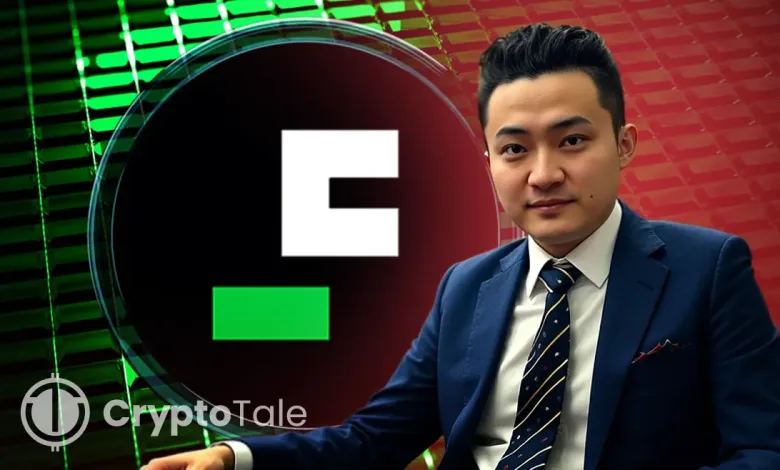Justin Sun Warns Users to Secure Assets, Citing FDT’s Insolvency

- Tron’s Justin Sun warns users to exit First Digital Trust, citing that it may go insolvent.
- Europe’s MiCA has been forcing exchanges to delist, shifting focus to regulated stablecoins.
- USDT faces liquidity issues as decentralized stablecoins like USDD gain traction.
Stablecoins, designed to maintain stable value, are central to digital finance, but recent events involving First Digital Trust (FDT) and regulatory shifts in Europe have sparked scrutiny. FDT, issuer of the stablecoin, is facing insolvency allegations, while Europe’s Markets in Crypto-Assets Regulation (MiCA) is triggering widespread delistings, reshaping the landscape of digital finance.
Justin Sun, founder of TRON, issued a warning via X that FDT is “effectively insolvent” and unable to process redemptions. With a $2.4 billion market cap, FDUSD ranks as the fourth-largest stablecoin, raising concerns over its potential. Backed by US Treasury bills and bank deposits, FDUSD had been perceived as a reliable asset, but Sun’s claims have sparked fears of another stablecoin collapse like the TerraUSD in 2022. FDUSD stablecoin faced a 6.12% decline in its market cap, according to CoinMarketCap.
Adding to the instability, MiCA regulations have been disrupting the industry by forcing exchanges to delist non-compliant stablecoins. By this, major crypto firms like Crypto.com, Coinbase, and Binance announced the delisting of Tether’s USDT and many other tokens from their platforms, signaling a shift toward regulatory compliance alternatives like USDC.
Related: Coinbase Urges Brazil to Rethink Stablecoin Regulations
With the European Securities and Markets Authority (ESMA) and MiCA enforcing stricter compliance, USDT, the largest stablecoin with a $144 billion market cap, is facing liquidity challenges in the European market. Further, these developments highlight the ongoing debate between centralized and decentralized approaches to stablecoins. Centralized issuers such as FDT, which rely on fiat-backed reserves, are facing heightened scrutiny, while decentralized stablecoins like TRON’s USDD are gaining traction. Given these shifts, there’s no doubt that the stablecoin sector is at a turning point and is uniting to define the future trajectory of digital finance.
While FDT has yet to issue an official response, industry observers note that insolvency could have broader market implications. Meanwhile, analysts caution that panic-driven redemptions may strain liquidity and trigger a ripple effect across centralized stablecoin issuers.




